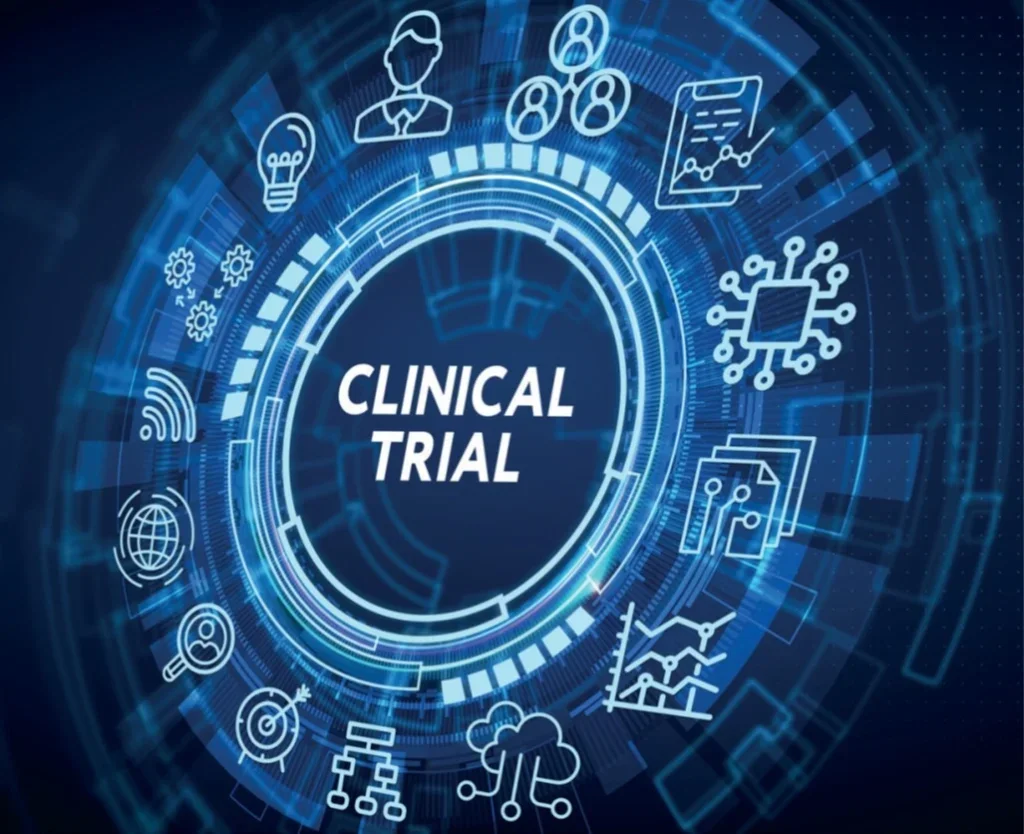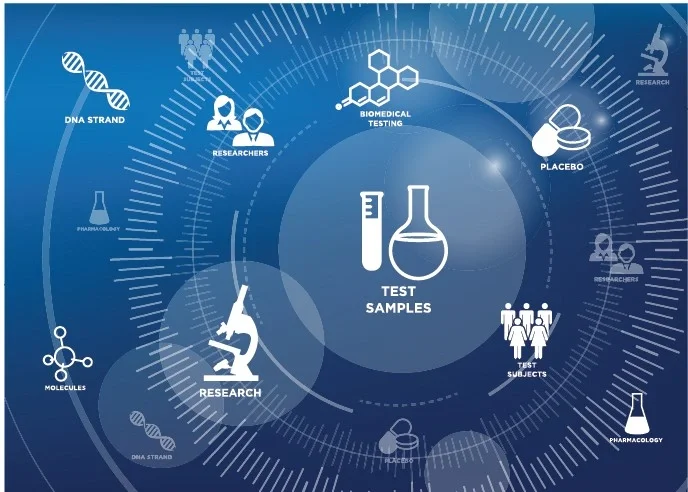
The number of clinical trials in Europe has been in sharp decline. By the time of the Covid-19 pandemic in 2020, Europe accounted for 19.3% of global clinical trials activity, according to GlobalData, a decrease of more than 6.3% over a 10-year period. That number slumped even further thanks to the pandemic.
Costly and cumbersome processes under the 2001 Clinical Trials Directive were to blame, but the European Union (EU) has since made drastic changes. As of the start of 2023, all clinical trial applications in the EU must be submitted through the new Clinical Trials Information System (CTIS), created by the European Medicines Agency (EMA) as part of the shift towards the new Clinical Trials Regulation (CTR).
CTR and CTIS were expected to lower the administrative burden, providing an easier, more streamlined approach to trial registration. This was music to sponsors’ ears. “In my opinion, it really is a good change,” says Inge Christoffer Olsen, Department of Research Support for Clinical Trials, Oslo University Hospital in Norway, one of the authors of the paper ‘Experiences and challenges with the new European Clinical Trials Regulation’.

“With the old directive, all the different countries had different legislation,” he adds. “Now, we have Europe as a place where you can run trials in many countries at the same time. Europe was quite fragmented with different regulations, so now we have taken a big step in the right direction.”
No change is without its downsides, however, as Lene Grejs Petersen, senior advisor at the Danish Medicines Agency, admits.
“For the European Commission, one good thing is that we all know the deadlines, and they are strict,” she says. “If you don’t make it on time, your application will lapse. Sponsors only have twelve days to assess the questions we send out to them, and there is no possibility to extend. That is one downside. Sponsors are also saying that an enormous amount of documentation must be uploaded to CTIS because they are submitting to all member states in one go, but in different languages.”
A work in progress
Olsen and his co-authors also found that CTR has not yet lowered barriers to entry. Timelines for approvals are still ‘unacceptably slow’, particularly for studies conducted in the context of an evolving outbreak. Furthermore, there is evidence of conflicting application requirements, increased documentation burden, barriers to submitting important modifications, and ‘debilitating’ technical hurdles.
“There is a lot of documentation in different languages, but you can’t expect patients to all speak English,” Olsen concedes. “But there are some very unfortunate things about CTR itself. I am an academic and I want to do flexible platform trials – massive trials that are very adaptive, in which you can do many things at once. CTR is not flexible enough to accommodate that.”

Requirements for substantial modifications currently have a very serial structure. Once a trial is approved and begun, if a change is made the sponsor must first get approval before making any other changes. In platform trials, changes must happen in parallel; for example, a new country might join the trial, or a new treatment might come in. “Being forced into a serial approach could really hamper trials,” Olsen remarks.
Furthermore, any change in the principal investigator (PI) at one site requires a substantial modification. If a doctor has to go on paternity or maternity leave, for example, the sponsor must apply for a substantial modification that could take three months to approve, during which there is no PI. That could be a real problem for multi-site trials.
Regulators are well aware of such issues, but they are bound by the regulations, which are hard to change. Nevertheless, change does happen, as shown by the latest round of updates.
The evolution of CTIS
Olsen’s group was one of the first to transition to CTIS and apply for a new trial. “The amount of workarounds was incredible,” he remarks. “Both sponsors and regulators were equally frustrated because things didn’t really work well. We could write a massive book about the errors in CTIS, but it is getting better and they are learning.
“They had eight years to prepare CTIS, and in some areas it was obvious they hadn’t tested it enough,” he adds. “We had to do the first transition three times because it broke down twice. We would upload docs and they would get lost. The whole process was problematic.”
“With the old directive, all the different countries had different legislation. Now, we have Europe as a place where you can run trials in many countries at the same time.”
Inge Christoffer Olsen
Looking back, problems were inevitable with a new and highly complex system. It was launched in the knowledge that it had many bugs, which is possibly why few pharmaceutical trials were launched on CTIS in the first year by pharma or biotech companies. As with any new technology, that is standard practice – launch a beta version of the system and improve it with users’ feedback.
“Many things have been done to improve CTIS and we are working on it on a daily basis,” explains Petersen. “It is functional, but only a minimal viable product was initially launched. Some things are not working yet, but a lot of work is being put in. The environment is functional and there is an organic process of development to end up with what people actually need.” Academic trials, such as those led by Olsen, helped to unearth all the huge number of bugs, many of which have been worked out. Olsen freely admits that the system is now much more mature, though error reports still abound. On the regulatory side, too, small improvements are continuously being made to clarify the rules and get rid of some workarounds.
“The amount of workarounds was incredible… We could write a massive book about the errors in CTIS, but it is getting better and they are learning.”
Lene Grejs Petersen
The latest regulatory changes concern transparency, which is a hot topic for industry sponsors concerned about revealing their intellectual property. The key changes will mean fewer documents will be made publicly available, so less redaction will be required. Only protocol, synopsis, patient-facing documents, the summary of product characteristics, recruitment arrangements, and the summary of results, where available, will be needed. Furthermore, the deferral option will be removed from CTIS.
6.3%
The percentage decline in clinical trials in Europe in the 10 years to 2020.
GlobalData
“These rules will be helpful,” believes Petersen. “Today, almost everything could potentially be published, even the questions to sponsors and their IP. The information must be at the right level, so patients can see what is happening and what trials they can participate in. But sponsors and regulators have different ideas about the balance point between privacy and transparency.”
“The transparency change is a fantastic move,” says Olsen. “It is one of the great things about CTR and CTIS. Before, we could not see the protocols of another trial. Now, everything is how it should be and there are no secrets as academic sponsors. Pharma companies do have secrets but they are not necessarily revealed in the protocol. It is about balance.”
Signs of success
There are some early signs that clinical trial activity is returning to Europe, as sponsors are finding it easier to make use of the new system – and come to appreciate that initial obstacles are being removed.
“Running multinational trials in the EU is now simpler,” observes Olsen. “There is one system and all feedback is centralised, so we can now run trials in 20 EU countries at the same time, which would have been very difficult before. But the caveat is that it is less flexible.”
The lack of regulatory harmonisation between member states is a complicating factor, but different interpretations will not necessarily cause CTR and CTIS to fail. Regulators want sponsors to submit in as many member states as possible to benefit as many patients as possible, and the EC’s templates for Part II – national and patientlevel documentation – might be widely adopted.
Even without full regulatory harmonisation, a more positive picture is emerging from the numbers, though definitive figures are not yet available. “The number of applications is rising again,” notes Petersen. “There were obstacles but it is becoming easier for them to make the transition. The system is actually viable and people are using it. In Denmark, the first three months were very busy. Some member states are up, others are down, and last year you could use the old system or the new system, so the figures don’t yet give a clear picture.”
“Running multinational trials in the EU is now simpler, particularly for pharma companies, as you have one process,” observes Olsen. “There is one system and all feedback is centralised, so we can now run trials in 20 EU countries at the same time, which would have been very difficult before. But the caveat is that it is less flexible.”
Clearly, there are issues to resolve at technical and regulatory levels, but there are positive signs. However, one other important caveat remains – running trials in Europe is still not particularly cheap, and that is unlikely to change any time soon.





